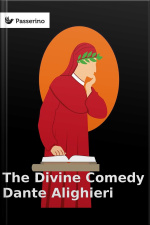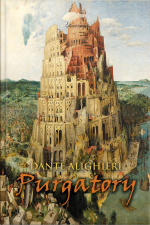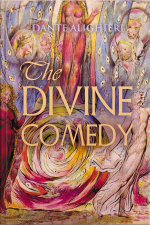Dante Alighieri’s journey continues in the third part of "The Divine Comedy". Opposite to the main subject in the previous two parts, "Paradiso" depicts virtues and not sins as...
Thirty five years old Dante is lost in a dark wood, assailed by beasts he cannot evade. Dante is rescued by Virgil, and the two of them begin their journey to the underworld where...
Beatrice guides Dante through the nine celestial spheres of Heaven. the structures of the Inferno and Purgatory were based on different classifications of sin, the structure of...
Purgatory is the second part of Dante's Divine Comedy, following the Inferno, and preceding the Paradiso. The poem was written in the early 14th century. It is an allegory...
Inferno, Italian for "Hell") is the first part of Italian writer Dante Alighieri's 14th-century epic poem Divine Comedy. It is followed by Purgatorio and Paradiso....
"The Divine Comedy" is an epic poem by Dante Alighieri, begun c. 1308 and completed 1320, a year before his death in 1321. It is widely considered the preeminent work of...
"Purgatorio" is the second part of Alighieri’s poem "The Divine Comedy". The story of Dante travelling through the nine circles of Hell in "Inferno" continues as he survives the...
The Divine Comedy describes Dante's descent into Hell with Virgil as a guide; his ascent of Mount Purgatory and encounter with his dead love, Beatrice; and finally, his arrival in...
Having survived the depths of Hell, Dante and Virgil continue their journey to the Mountain of Purgatory on the far side of the world. The mountain has seven terraces,...
The story of Dante's journey through the three realms of the dead, lasting from the night before Good Friday to the Wednesday after Easter in the spring of 1300. The Roman poet...











